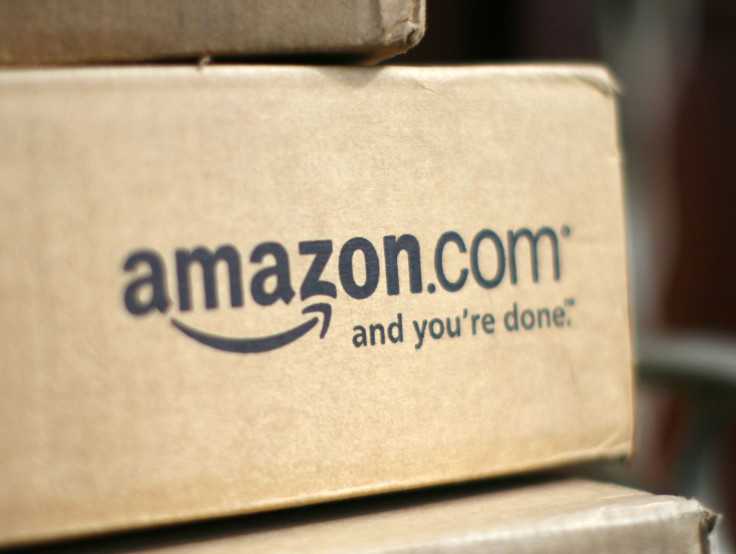Amazon Cheating Prime Customers? Lawsuit Accuses Online Retailer Of Inflating Costs To Cover Free Shipping

Two recent lawsuits accused Amazon.com Inc. (NASDAQ:AMZN) of pressuring sellers to increase prices for Amazon Prime members, who are supposed to receive free two-day shipping for a $79 annual membership (soon to become $99), the amount they charge non-Prime members for shipping.
If an item costs $10 and an addition $3.99 for shipping, for example, third-party vendors would raise their price to $13.99 and claim that Amazon Prime members get free shopping. The lawsuit, filed by Alabama resident Marcia Burke in a federal court in Seattle on Friday, claimed that customers not paying for Amazon Prime would often pay less for products.
“The bottom line is the free shipping that Amazon offered to its Prime members wasn’t free,” Kim Stephens, the attorney representing Burke, said. “An item included in its stated price the cost of shipping, but you thought you were getting it free.”
Burke sued for breach of contract and is seeking a refund of all annual Prime membership fees paid between 2007 and 2011, when the primary benefit of Amazon Prime was free shipping (after 2011, Amazon Prime added video streaming and Kindle e-book borrowing). Burke is also seeking damages under the Washington Consumer Protection Act, which is designed to protect against “unfair or deceptive” acts in trade and commerce. Burke hopes the lawsuit becomes a class-action lawsuit.
A Rhode Island resident, A. Cemal Ekin, filed a similar lawsuit against Amazon.
Amazon charges vendors a referral fee on Prime-eligible products, and this fee is a percentage of the total price. The lawsuits claimed that by encouraging vendors to increase the price of items on Amazon, the company can get larger referral fees.
Amazon has a policy to not comment on active litigation and has not made a statement about Burke’s lawsuit.
© Copyright IBTimes 2025. All rights reserved.






















